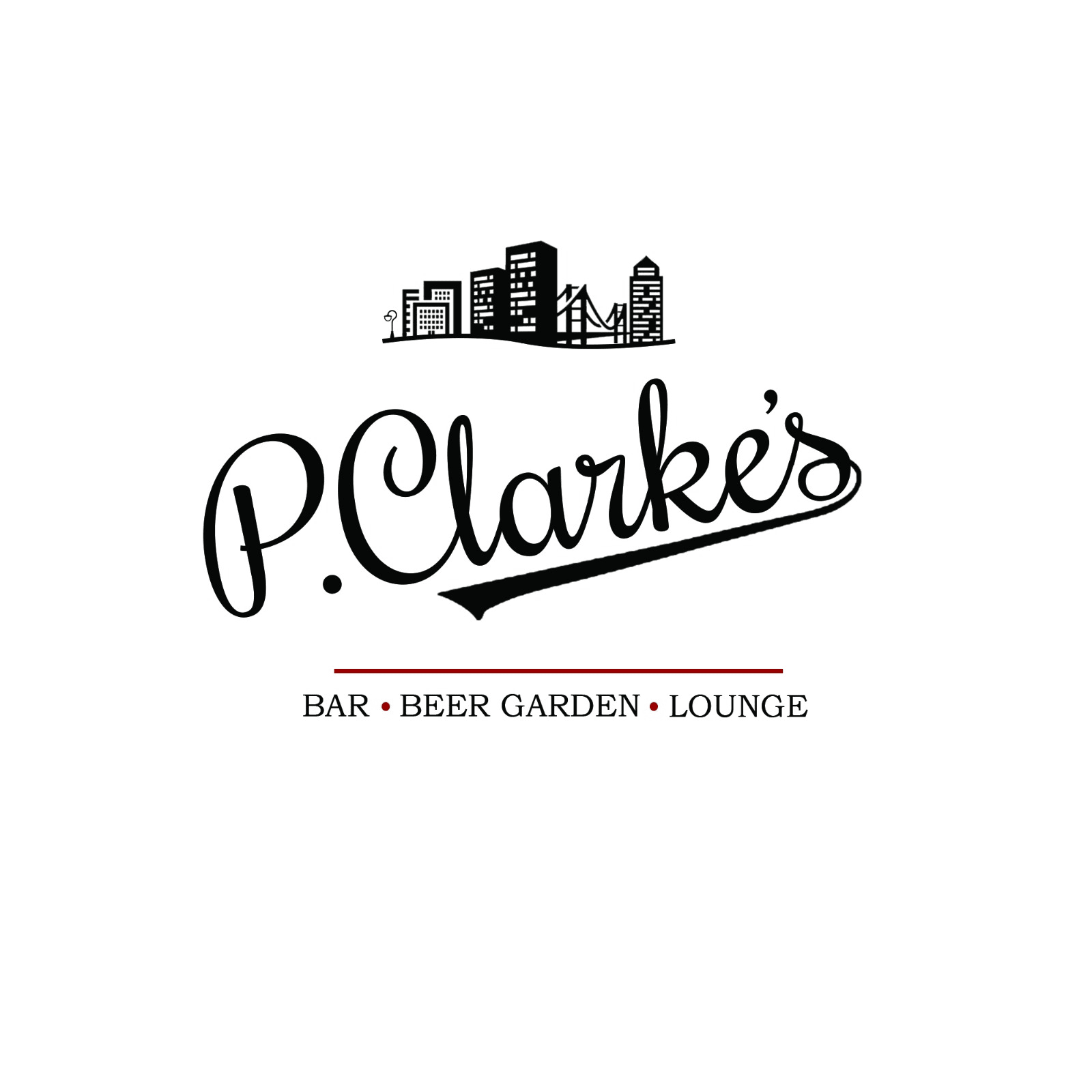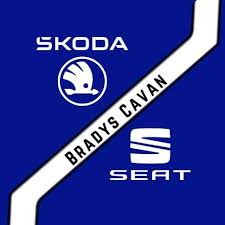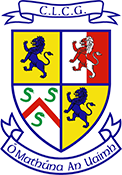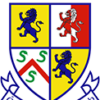In the early decades of the 20th century, Navan had a number of Gaelic Football Clubs including Navan Gaels, Navan Parnells, Navan Harps and the Commons. In late 1948, a new club was founded which would go on to dominate Meath GAA for decades. Nine men turned up to an initial meeting to set up a new Gaelic Football club in the town, which would be named after Navan Pierce O’Mahony’s, a historic club which disbanded in the 1890s following a controversial All Ireland final.
These nine men were
Patsy Reilly, Terry O’Dea, Tom Duignan, Eddie Duignan, Peter Hughes, Jack Callaghan, Benny Gartland, Jackie Carroll and Paddy Cahill.
Terry O’Dea served as the first chairman while Jackie Carroll was the first secretary. The club colours were chosen as blue and white, with the original jerseys plain blue with white collar and cuffs. This would later be changed to hooped blue and white stripes, which are still worn to this day.
The club got off to a winning start immediately, claiming the Junior title at first attempt in 1949, defeating Drumree by 2-3 to 1-4. The club claimed their first Feis Cup in 1951 but the real target was achieved in 1953.Captained by Tony McCormack, they were the first team to lift the Keegan Cup, which is stillpresented to the SFC winners to this day. Perhaps one of the reasons for the early success of the club was the addition of Peter McDermott in 1951. The late Peter McDermott holds many distinctions within the GAA, which are extremely unlikely to be repeated. He won two All Ireland medals in 1949 and 1954 (as captain and county board secretary) and is the only person to ever play in an All Ireland, referee one, and then play in another. McDermott served the club extremely well, playing in many positions as well as serving as Chairman, Treasurer, selector, coach among other things.
In 1955, the club defeated Skryne to claim the Feis Cup which they reclaimed the following year against Syddan. 1957 was the beginning of a glorious period for the Navan club. They won the Senior Football Championship for the second time and were undefeated in the competition over the next five years. They defeated Skryne in three of the five finals. Indeed it was Skryne who ended their reign in 1962, when they beat O’Mahony’s by a point after extra time. This was the first time that Skryne recorded a win over their rivals.
1961 was also a good year for hurling in the club as it claimed the Intermediate Hurling Championship, beating Warrenstown College in the final on a scoreline of 5-08 to 4-04. Following a break in 1962, the Keegan Cup once again returned to Navan in 1963 when they defeated St Vincents in the final by 4-06 to 1-02. The club failed to repeat the dominance of previous years and did not claim another Senior Football Championship for a decade, although they did reach finals in 1967, 1970 and 1972. In the late 1960s, the fortunes of the clubs hurlers were not good either. With new blood, they again triumphed in the 1970 Intermediate Championship but again the step up to senior proved difficult and the game began to decline again. In 1978, a meeting of hurlers was held.
This proved successful and they once again won the 1979 Intermediate Hurling Championship with a six point victory over Dunboyne in Trim and began to make their presence felt at senior level.
In 1973, Navan O’Mahony’s were once again Senior Football Champions with a two point win over Ballivor in the final. They lost the 1975 final to Summerhill and were defeated by Walterstown in the semi-final of the same competition in 1976.
In 1978, an idea took root to form a camogie club in the town. In 1979, training began on Tuesday and Thursday nights and numbers reached the mid-thirties on occasions. In 1980, the team was ready to take their place in competitive camogie and entered the novice section of the Junior Championship where they defeated Enfield in the replay of the final. The following year they took part in the Junior Championship where Enfield once again provided the opposition. After another replay, they claimed the title and were promoted to Senior in 1982. In their first year in this grade, they won the title beating Kilmessan in the final after losing to the same opposition only a few weeks before. The side lost to Birr of Offaly in the First Round of the Leinster Club Championship. In 1983, they were defeated in the final of the same competition.
In 1979, the senior footballers once again won the championship with a six point defeat over Summerhill but failed to reclaim the title the following year when they lost to Walterstown in the semi-final. In 1981, the Navan side were once again in the final where they faced their old rivals Skryne. The low-scoring match finished in a draw and O’Mahony’s stepped up a gear for the replay when they won by 1-14 to 0-05. Two years later, in 1983, Walterstown provided the opposition in the Championship final. Ultimately, they proved too strong for the town side who were defeated by three points and the following year Skryne got the better of O’Mahony’s in the semi-final.
1985 turned out to be one of the proudest years in the clubs history, when for the first and only time they won the Senior Football and Senior Hurling Championships in the one year. Skryne provided the opposition in the football final while the men from Navan overcame Killyon in the hurling final.
While this was O’Mahony’s first ever Senior Hurling Championship, they managed to repeat the success the following year, beating Athboy on a scoreline of 4-08 to 3-07. Six years later, in 1993, the club claimed the Intermediate Football Championship.
The Senior footballers once again enjoyed huge success in the late 1980s enjoying four-in-a-row championships from 1987-1990 facing Skryne in 1987 and 1989 and Summerhill in 1988 and 1990. Navan O’Mahony’s clubman Joe Cassells also made history when he became the first man to lift the new Sam Maguire cup in 1988.
From the outset, the Navan De La Salles club acted as the nursery for Navan O’Mahony’s and for most of the early years of the clubs history, a majority of Navan O’Mahony’s players had come through the ranks of the Salles. In 1989, following the departure of the Salles brothers from Navan, the nursery section amalgamated with the senior club.
1996 saw the start of an unprecedented record for underage hurling in Navan. The U21 hurlers won their first championship in this year and reclaimed the title every year for the following seven years. This success never translated into success on the senior field and the closest the club came to a third Senior Hurling championship was in 2011 where they were defeated in the final
In 1997, the Keegan Cup returned to Navan once more following a victory over Trim in the final. Only four years later, in 2001, the club was relegated to the Intermediate ranks for the first time in their history. They reached the final in their first year in this grade, where they were beaten by Ballivor before claiming the title against Carnaross the following year. The next Senior Football Championship came in 2008 when Summerhill provided the opposition in the final. 2012 and 2014 also saw the Keegan Cup make its way to Navan following defeat over Wolfe Tones and Donaghmore Ashbourne respectively.
The 2000s also saw success for the Ladies section of the club. In 2004, they captured both the Junior Camogie Championship and the Junior B Ladies Football Championship. This success was followed up in 2008 when the Camogie team won the Intermediate Championship while the Ladies Footballers did likewise in 2012.
In July 2015, the club renamed their famous Brews Hill grounds “Paddy O’Brien Park” in memory of the late Paddy O’Brien who died in June 2010, having given over 60 years of service to the club in a variety of roles. Around this time, to cater for the growing number of teams and players, facilities were also obtained on the Trim Road in Navan.
The later years of this decade saw mixed success for Navan O’Mahony’s. In 2015, the mens senior footballers won a second successive Keegan Cup with Na Fianna providing the opposition. 2016 saw the Senior Hurlers relegated to the Intermediate Grade while the second string hurling team won the Junior II Championship in the same year. 2017 proved to be a better year for the hurlers, returning straight to the senior ranks with a win over Na Fianna in the 2017 Intermediate Hurling Final. The second team also won the Junior Championship in the same year.
After being competitive for many years in Junior Football, the ladies footballers finally won the junior championship in 2019. Going on to represent the county in Leinster, a victory over Kilcock in the Leinster final saw the first Leinster title return to the club. The All Ireland semi final was an away fixture to Donaghmore in Cork, when the ladies were beaten by a single point.
As in all clubs, Navan O’Mahony’s faced unprecedented times when the COVID-19 Pandemic hit. As was common across the country, club members made themselves available to help people isolating or cocooning in their community while the playing pitches remained eerily calm. The clubhouse grounds was used as a pop up testing centre on numerous occasions.
2021 saw the Ladies footballers take the intermediate title with a convincing win over St Colmcilles. On the same weekend, the mens footballers survived a relegation play-off with a victory over Dunshaughlin. 2022 was not as kind to the mens footballers, who were relegated to Intermediate level following a loss in the play-off to Seneschalstown.
2023 is the 75th Anniversary of the club. The club is undertaking a history project to reflect this.
—–
From the earliest days of the association, Meath and Navan in particular could always be regarded as GAA strongholds. Within less than twelve months of that fateful day in Thurles in 1884,
Meath’s first GAA club was founded; Drogheda Gaelics. Navan was quick to follow and within two years, two clubs had emerged. These were Navan William O’Brien’s and Navan Pierce O’Mahony’s, the latter of which inspired the name of the present day club. Pierce O’Mahony was an MP for North Meath, who later dedicated much of his life to helping orphaned children in Bulgaria. By the 1890s, the number of clubs had expanded greatly including Navan Commercials, Navan Emmets, Navan Sarsfields, and Navan Independents.
In those times, the County was represented by the winner of the club championship, which in 1895 was Pierce O’Mahony’s. After receiving a walkover from the Carlow representatives, the side beat Kilkenny and Dublin to reach Meath’s first ever final. The game was played on March 15th 1896, in Jones Road. This was the first final played in that venue, which of course became Croke Park. The opponents were Arravale Rovers of Tipperary. Despite the Navan men being ahead by 0-3 to 0-0 at half time, Arravale Rovers stepped up their game and won the match on a 0-4 to 0-3 scoreline, in front of an unprecedented 6000 spectators. In a highly unusual move, the referee JJ Kenny of Dublin wrote to the newspapers the following day to inform them that he had been mistaken and “that the second point scored by Tipperary was illegal and should not have been allowed on the grounds that the player who scored for Tipperary was not outside the 21 yds line (when Meath kicked out from goal) as required by rule”. He also wrote to the Honoury Secretary of the GAA, RT Blake. Blake subsequently informed the secretary of Pierce O’Mahony’s, Patrick Daly, that the match had been declared a draw. It was feared at the time that this controversy would plunge the Association into a crisis from which it could never recover.
It was not until April 3rd that the Navan Club made their response. In a letter to The Irish Daily Independent, Club President JP Timmons stated “It will never be said that the representatives of the Royal County lodged an appeal which would cause turmoil and discord in the Association, or that they tried to deprive the Tipperary men of the laurels which had been duly awarded to them.”
This letter, which defused a potentially explosive situation, has been credited with saving the Association from ruin. Richard Blake, secretary of Central Council, proposed that the Navan men be given a set of silver medals as champions of Leinster and in recognition of their sportsmanship. As a sort of goodwill gesture, Central Council decided to organise a match between the Meath and Tipperary sides for a set of gold crosses. Incredibly, this match did not run smoothly either. At full time, the referee declared the game a draw, although it was widely felt that Arravale had scored only three points to Pierce O’Mahony’s five points. After refusing to play extra time, the Navan side objected to Central Council but the result of the game was upheld. On this occasion, Arravale Rovers decided to “reciprocate the generous action of our Meath Brethren by allowing the match to Meath.” Over the following year, the Pierce O’Mahony’s club began to decline and by November 1897 had ceased to exist. Navan Harps and Navan Gaels were the main clubs in the town for the early part of the 20th Century.
In 1996, the GAA decided to commemorate the centenary of these events. President of the Association, Jack Boothman, unveiled a plaque and a commemorative match was held between Navan O’Mahony’s and Arravale Rovers in Croke Park. Club Chairman, Liam Kerranne, accepted a certificate on behalf of the club which is now on display in the clubhouse.
Meath SFC
1953, 1957, 1958, 1959, 1960, 1961, 1963, 1973, 1979, 1981, 1985, 1987, 1988, 1989, 1990, 1997, 2008, 2012, 2014, 2015
Meath SHC
1985, 1986
Meath SCC
1982
Meath IFC
1956, 2003
Meath IHC
1961, 1970, 1979, 1993, 1997, 2017, 2024
Meath ICC
2008, 2024
Meath LGFA IFC
2013
Meath LGFA JFC
2003, 2019
Meath LGFA JCFC
2022
Leinster LGFA JFC
2019
Meath JFC
1949, 1974
Meath JHC
1999, 2003, 2011, 2017
Meath JCC
1981, 1985, 2003
Meath JBFC
1970, 1985
Meath JBHC
1997, 2016, 2024
Meath Premier 6 FC
2024
Meath JBCC
2024
Feis Cup
1951, 1955, 1956, 1957, 1975, 1982, 1989, 1990, 2009, 2012, 2013
The crest is the O’Mahony family crest as the club is named after the 1890s club named after Pierce O’Mahony. Pierce O’Mahony was an Irish Nationalist and an MP for North Meath. He supported Charles Stewart Parnell in the Parnellite split. In 1903, O’Mahony left Ireland for Bulgaria where he worked for orphans there. He was awarded the Order of Civil Merit there and a street is named after him in Sofia







